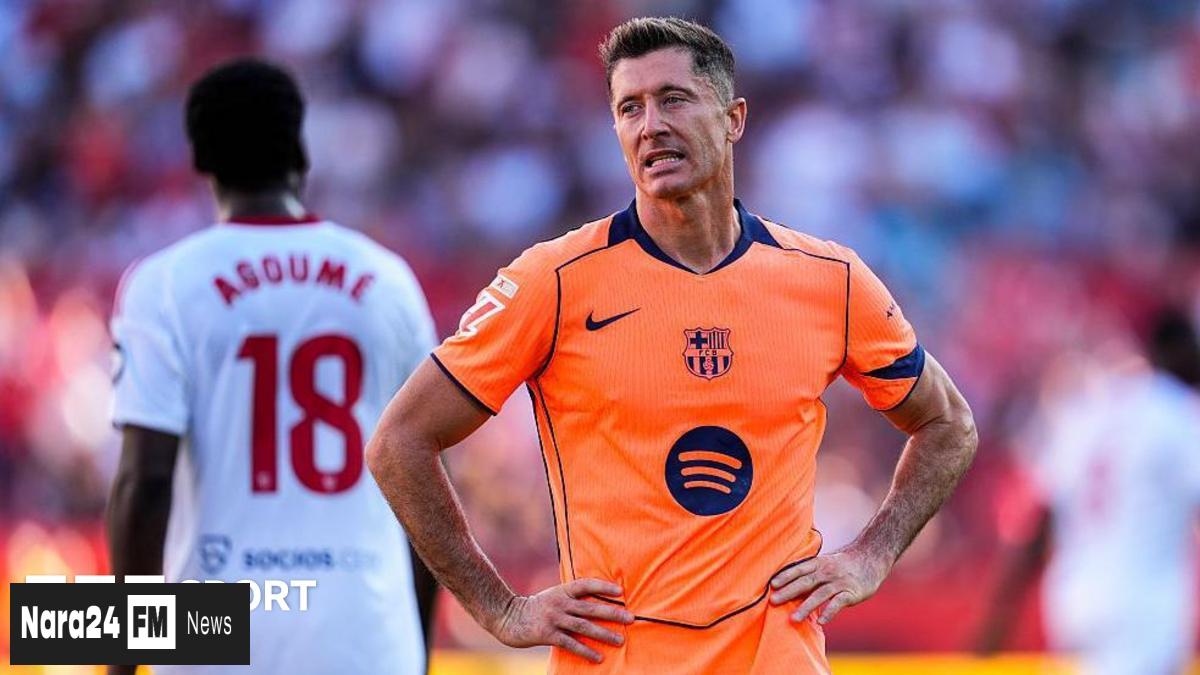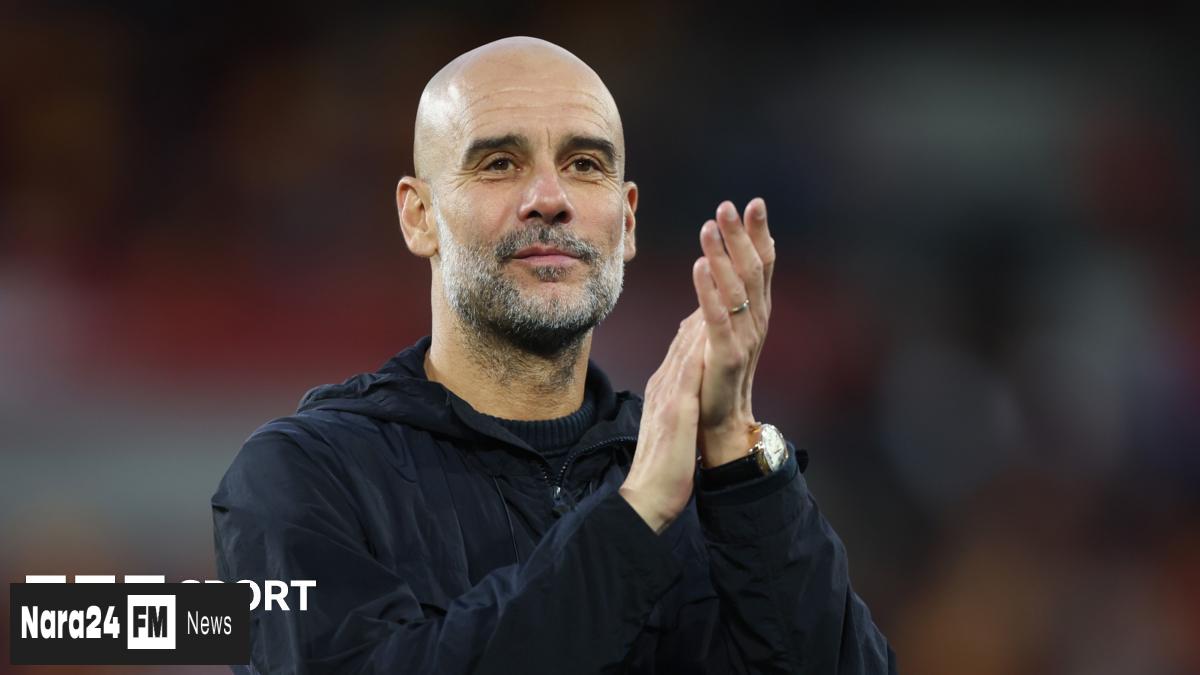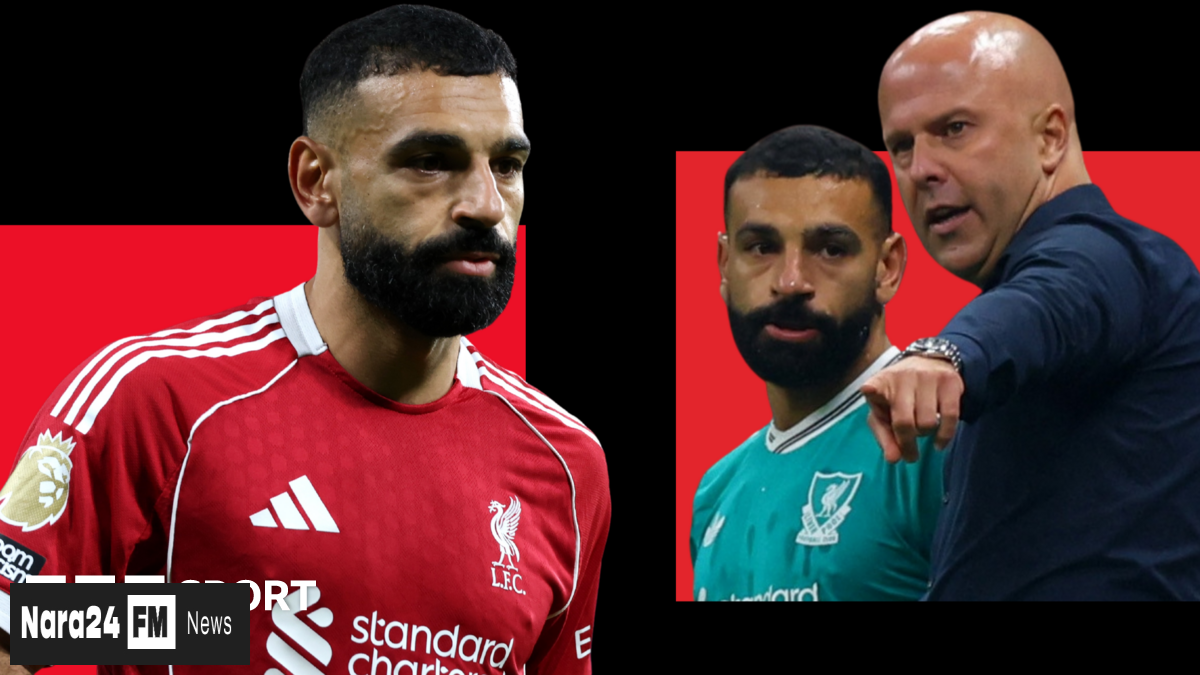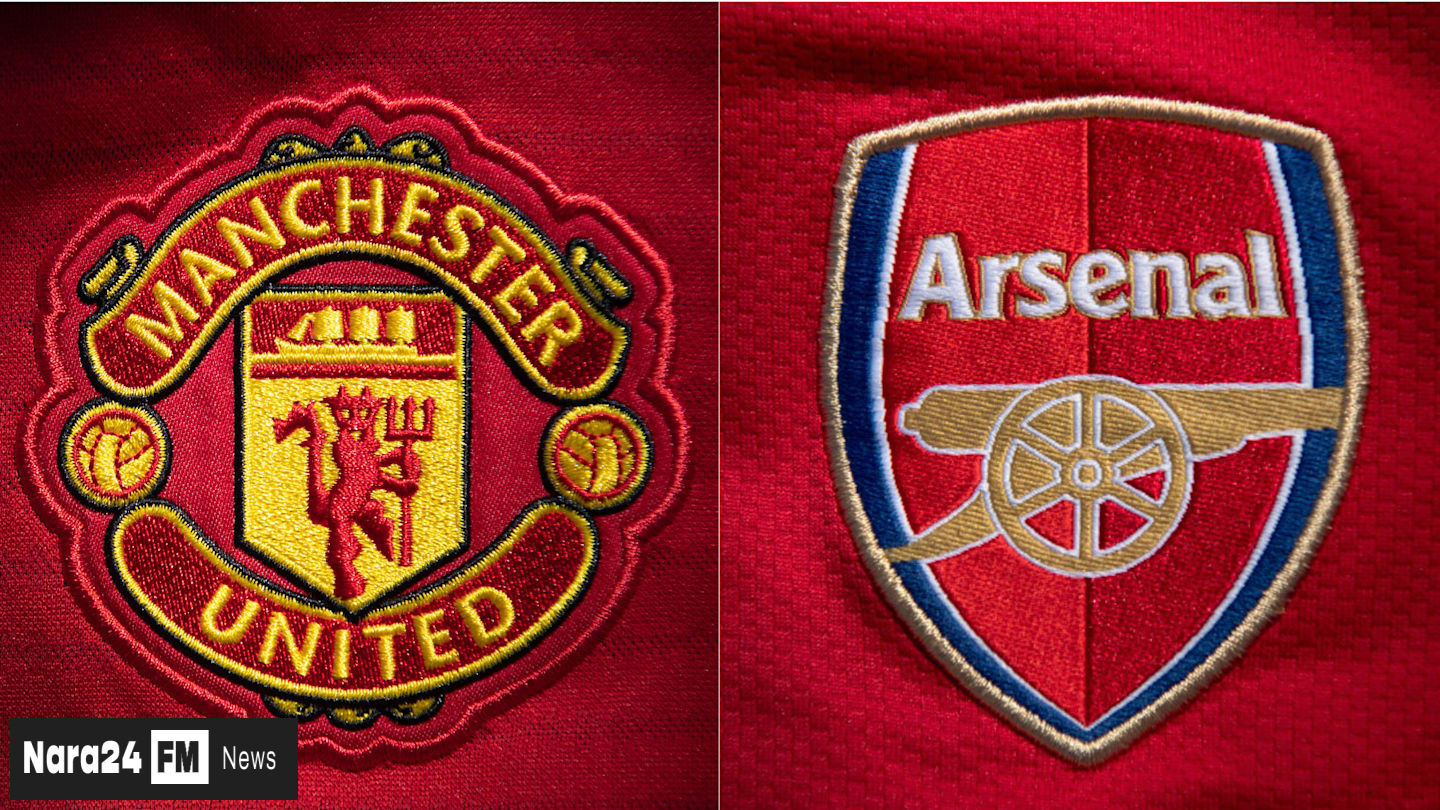THE GIANTS ARE BACK
The Premier League landscape has been dramatically reshaped by the summer transfer window, and a significant factor is the return of towering physical presence in the attack. Following a period where possession-based football, often associated with shorter, more agile forwards, dominated, the spending has swung dramatically towards acquiring players whose stature commands attention.
The £3billion outlay by Premier League clubs saw record-breaking fees, with Newcastle's £130million signing of Alexander Isak being the most prominent. However, the new arrivals boast staggering heights. Newcastle targeted Nick Woltemade, a towering 6ft 6in striker, aiming to fill the void left by Isak. Manchester United bolstered their options with the capture of 6ft 5in Benjamin Sesko, who arrives as a direct replacement for the departed Antony. Liverpool, champions, secured the highly-rated 6ft 3in Hugo Ekitike from Eintracht Frankfurt, joining their already formidable striker Erling Haaland (6ft 5in).
This trend signals a potential shift away from the "false-nine" concept and the finely-tuned technical skill favoured in recent years. The new generation of giants, while possessing the physical attributes reminiscent of Premier League legends like Duncan Ferguson, Andy Carroll, and Peter Crouch, are expected to bring significant goalscoring threat, aided by their imposing size.
It's a global phenomenon. Arsenal secured 6ft 2in Viktor Gyokeres after he scored 28 goals in Sweden. Wolves successfully bid for 6ft 4in Jorgen Strand Larsen, although Newcastle ultimately signed the even larger 6ft 6in Tolu Arokodare from Belgian club Genk. Even Fulham added to their squad with a 6ft 5in prospect, 18-year-old Jonah Kusi-Asare on loan from Bayern Munich.
The reasoning? Pep Guardiola's revolutionary 4-3-3 system placed a premium on strikers who could hold up the ball, track runners, and be defensively robust. This inadvertently favoured taller players, or those who developed to fill that role. Liverpool's acquisition of 6ft 5in Haaland from Dortmund exemplifies this, as did the subsequent trend across the league. Now, with the latest batch of giants arriving, the Premier League seems set to embrace physical dominance once again.
This summer's transfers appear designed for one purpose: to score goals. While technical ability remains crucial, the sheer presence and power of these new signings suggest a return to the days where height was a significant advantage for Premier League strikers.
Record Spending & Big Names
The summer transfer window witnessed unprecedented spending, totalling a record £3billion across all of English football. While the Premier League's top clubs led the spending, the influx of money fuelled numerous high-profile moves. Newcastle's capture of Sweden's most expensive footballer, Alexander Isak for £130million, understandably stole the spotlight, but other acquisitions are equally significant.
Newcastle also pursued Nick Woltemade, a centre-forward standing at 6ft 6in. The club aims to pair Woltemade with Isak effectively, hoping the combination can replicate the goalscoring power of their previous strike partnership. Manchester United focused on strengthening their attack with the signing of Benjamin Sesko, a physically imposing 6ft 5in forward hailing from Slovenia.
Liverpool, winners of the title last season, continued their trend of acquiring promising young talent. Hugo Ekitike, a France Under-19 international, joined from Eintracht Frankfurt for an undisclosed fee believed to be around £35million. The 21-year-old striker is renowned for his technical quality and movement, standing at 6ft 3in.
Arsenal secured a major signing in the shape of 20-year-old Victor Gyokeres from Malmo FF. The Swede, capable of scoring at will from either foot despite his 6ft 2in frame, arrived for a fee reported to be in the region of £50million.
More Than Just Height
While the sheer numbers and listed heights of the new arrivals grab attention, Premier League observers are keen to see if these physical giants can also contribute with their feet and goalscoring ability. The era dominated by the meticulous passing and high press of Pep Guardiola's Barcelona and Bayern Munich led to strikers being developed primarily for movement and linking up play.
Now, with teams adapting and perhaps relaxing their tactical focus slightly, the primary emphasis appears to be on presence and physical impact. Benjamin Sesko, arriving at Manchester United, is expected to be a handful defensively, potentially screening the midfield and requiring defenders to work hard. Similarly, Newcastle's Nick Woltemade needs to prove his goalscoring pedigree quickly.
However, simply being tall is not an automatic guarantee of success. Players must demonstrate they can hold up the ball effectively under pressure, make runs to provide width, and, crucially, find the net. Alexander Isak's arrival demonstrates the high cost teams are willing to pay for proven goalscoring ability, even if his height of 6ft 4in doesn't reach the absolute summit this season.
The return of these giants adds a new dimension to the Premier League, making the airwaves seem thinner. It remains to be seen if their physical attributes translate directly into more goals, but the impact on opposing defences is undeniable.








Comments (0)
Leave a Comment
Be the first to comment on this article!